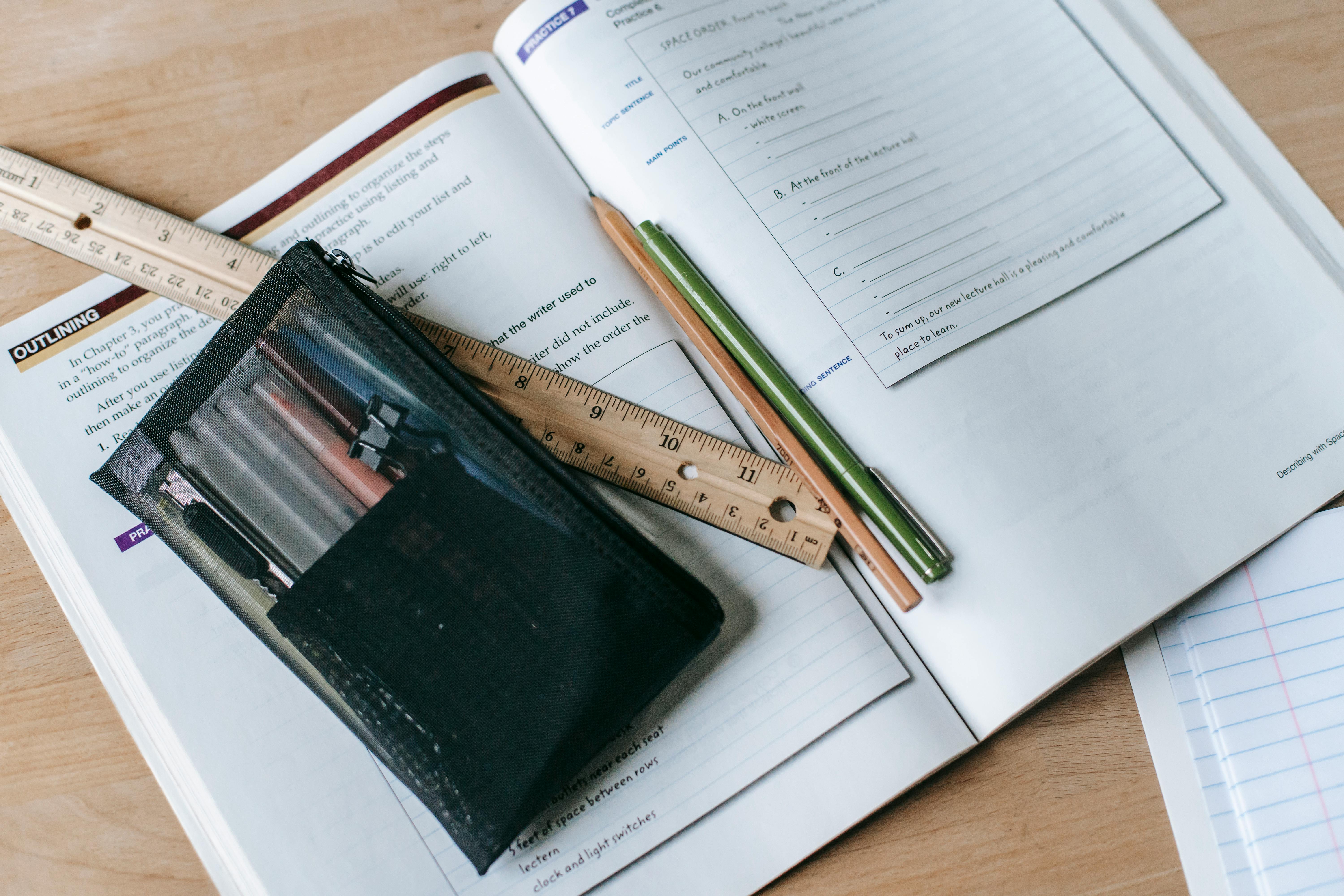體罰爭議英文怎麼說?3個常見句型與校園實例解析 [How to Say ‘Corporal Punishment Controversy’ in English? 3 Common Patterns & School Case Analysis]
![體罰爭議英文怎麼說?3個常見句型與校園實例解析 [How To Say 'Corporal Punishment Controversy' In English? 3 Common Patterns & School Case Analysis]](https://littlenewton.efroip.tw/wp-content/uploads/2025/06/my_prefix_1750665787-300x200.png)
體罰爭議(controversy over corporal punishment)持續是全球教育改革的核心討論之一。本文深入介紹體罰爭議相關的常見英文表達、句型與全球校園真實案例,並從多國法令、教育現場、家校溝通實例等層面,全面分析此議題的語言使用與社會意義。學會這些英文用法有助於國際對話、學術發表和政策討論,並推動正向的教育變革。
體罰爭議英文怎麼說?
體罰爭議的正式英文表達
體罰在英文中主要用“corporal punishment”來表示,而「體罰爭議」常見英文如下:
- The controversy over corporal punishment
- The corporal punishment debate
- The issue of corporal punishment in schools
這些詞語不僅在國際組織、公部門文件或新聞報導中大量出現,也是教育議題討論必備術語。例如在美國哈佛肯尼迪學院旗下媒體資料裡,往往以上述用語描述校園校園體罰問題與國際趨勢現況與政策。
| 中文詞 | 英文對應詞或句 | 應用場合 |
|---|---|---|
| 體罰爭議 | controversy over corporal punishment | 新聞標題、政策報告 |
| 體罰存廢問題 | the issue of corporal punishment | 學術研討、立法辯論 |
| 討論體罰 | the debate on corporal punishment | 教育論壇、社會討論 |

~ 解鎖語言新世界 ~

想要流利說外語?Enjoy ABC 幫你輕鬆達成目標!
✔ 個人化學習路徑:量身打造,適合你的學習速度。
✔ 互動式課程:遊戲化設計,讓學習充滿樂趣。
✔ 隨時隨地學:手機、平板,隨時開啟語言之旅。
體罰爭議三大常見英文句型
新聞與校園現場常用句式
- Whether語句
Whether corporal punishment should be allowed in schools remains a controversial issue.
(是否應該在校園實施體罰依然是一項爭議議題。) - Critics/Supporters claim句型
Critics argue that corporal punishment causes more harm than good to students’ mental health.
(批評者認為體罰對學生心理健康的傷害大於其可能的益處。)
Supporters claim that corporal punishment is an effective disciplinary tool.
(支持者主張體罰是一種有效的紀律工具。) - Be subject to/face + controversy
The use of corporal punishment in schools has long been subject to controversy.
(體罰在學校中的使用長期以來一直備受爭議。)
這些句型廣泛見於國際新聞、政策文獻及教材說明之中,便於在職場或學術場合進行相關議題的討論。

校園實例解析:體罰爭議全球現況
國際校園體罰規範與現況
依據聯合國兒童權利公約(UNCRC),全球已有超過130個國家禁止校園體罰,但美國約17個州仍合法允許。
| 國家/地區 | 校園體罰現況 | 現行法律規範 |
|---|---|---|
| 台灣 | 法律明文禁止,但個案體罰時有發生,社會討論激烈 | 《學生輔導法》、《兒童及少年福利法》 |
| 美國(部分州) | 南方州如德州、密西西比州仍允許,以「paddling」(用木板打擊)最為常見 | 州立法,各地規定不一 |
| 大陸 | 近年強調依法治校,明令禁止嚴重體罰,提倡正面管教 | 《教育法》、《未成年人保護法》 |
| 英國 | 全面禁止,違者重罰,教師必須尋求其他紀律手段 | 《School Standards and Framework Act 1998》 |
校園實例對照與新聞摘要
- 美國密西西比州案例:2017-2018年當地仍有2萬學生因違規遭體罰,經常使用木板,受害學生心理健康與學業表現均受負面影響。
- 台灣新北市案例:2023年一國中老師因學生未交作業,要求全班做俯臥撐,被家長投訴,最終校方修正做法並進行師資訓練。
- 英國倫敦經驗:自全面禁令後,導入「Restorative Justice」修復式司法,有效降低暴力事件。
進一步可參考 兒童權利與校園安全:法律與政策觀察。

校園體罰爭議常見討論焦點
全球爭議焦點集中在人權與兒童保護、教育成效、心理健康風險及教師執行困難等層面。
| 討論面向 | 支持體罰立場觀點 | 反對體罰立場觀點 |
|---|---|---|
| 學生紀律 | Corporal punishment is necessary to maintain classroom order. | Physical punishment creates fear, not respect. |
| 教師權威 | Teachers need the authority to discipline unruly students. | There are more effective and humane ways to discipline students. |
| 學生身心發展 | Minor corporal punishment is harmless. | Corporal punishment causes psychological harm and lowers self-esteem. |
| 法律與國際人權 | It’s a part of our tradition and local custom. | International conventions recommend an absolute ban on corporal punishment. |
此外,在校內英文溝通時,經常用到家長和師生典型對話:
- Parent: “I am concerned about the use of corporal punishment in the classroom. How does the school handle discipline?”
- Teacher: “We are committed to positive discipline methods, but sometimes corporal punishment is seen as necessary by some teachers to maintain order.
- Student: “Why do you have to hit students instead of giving detention?”
- Teacher: “Some believe physical punishment is effective, but there is much debate about this. We are considering alternative forms of discipline.”

體罰爭議的全球公衛與法律影響
即便美國、小部分亞洲地區至今未全面禁令,體罰爭議已成全球性公衛、人權議題。研究指出,體罰與學業衰退、心理健康風險與校園暴力複製有關。
| 世界主要趨勢 | 現況摘要 |
|---|---|
| 歐美發達國家 | 99%已全面禁止校園體罰,教師強調正向管教 |
| 亞洲地區 | 法律逐步推進,實務與觀念轉變較慢 |
| 美洲地區部分州份 | 南部依然以體罰作為管教工具之一 |
| 全球人權導向 | 強調不應體罰、主張保障學生身心發展 |
教師與家長實用英文詞句
| 英文表達 | 中文說明 |
|---|---|
| corporal punishment | 體罰 |
| ban corporal punishment | 禁止體罰 |
| positive discipline | 正向紀律 |
| zero tolerance policy | 零容忍政策 |
| emotional (or psychological) harm | 心理傷害 |
| alternative disciplinary measures | 替代管教方法 |
| child protection | 兒童保護 |
| restorative justice | 修復式司法 |

結語
校園體罰爭議是教育改革與兒童權利發展的重要議題,正確掌握相關英文用法與國際觀點,有助於跨國對話、學術交流及推動制度進步。隨著全球法令強化及正向管教理念普及,相信未來校園將逐步擺脫體罰爭議,朝向更健康與包容的環境發展。
~ 旅行者的語言神器 ~

準備出國?Enjoy ABC 讓你輕鬆學會旅行必備語言!
✔ 實用短句:點餐、問路,馬上開口說。
✔ 文化小知識:融入當地,旅行更精彩。
✔ 離線學習:無網路也能隨時複習。


![英文翻譯中文必踩5大錯誤|2025學英文新手絕不能忽視的翻譯陷阱 [Top 5 Translation Traps From English To Chinese|5 Must Avoid Mistakes For 2025]](https://littlenewton.efroip.tw/wp-content/uploads/2025/08/my_prefix_1754777745-768x512.png)
![AI寫作工具好用嗎?學生作業新挑戰:英文老師必知的5大潛在風險與解方 [Are AI Writing Tools Helpful? New Challenges In Student Assignments: 5 Key Risks And Solutions For English Teachers]](https://littlenewton.efroip.tw/wp-content/uploads/2025/07/my_prefix_1752330419-768x513.png)
